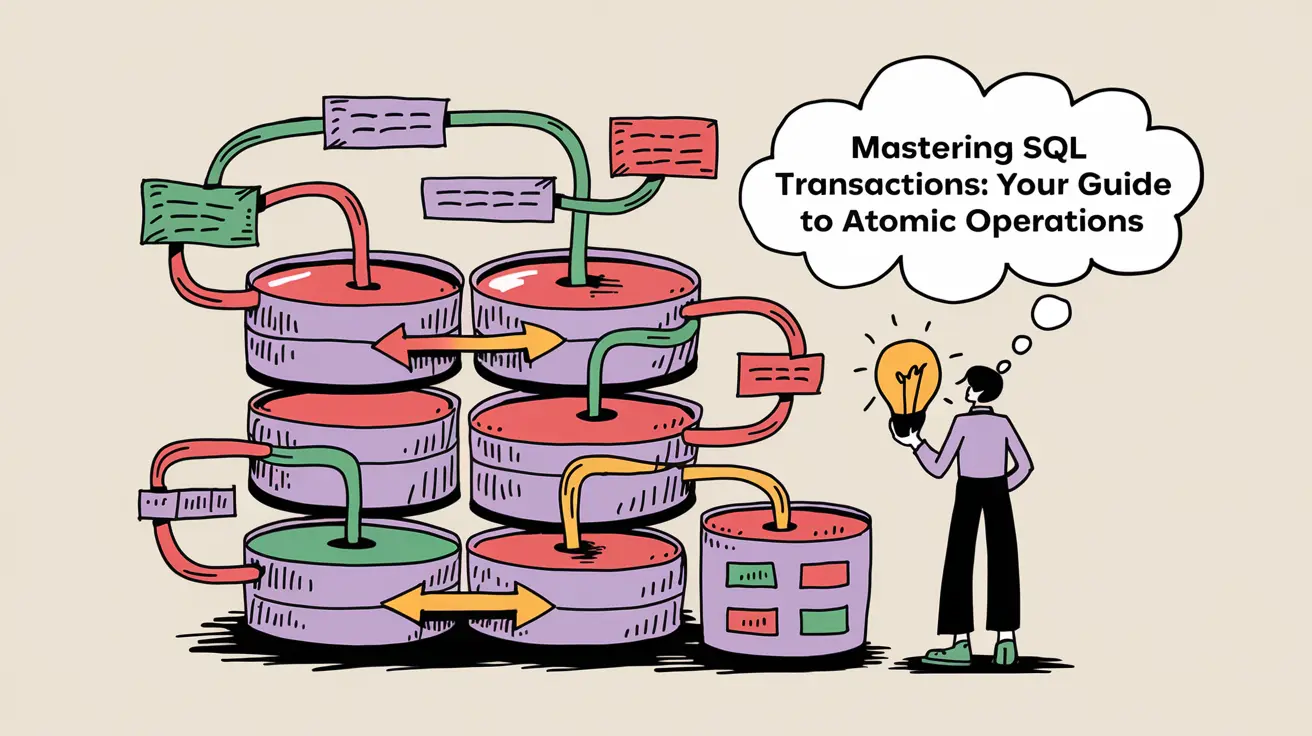Database Operations

SQL LEAD and LAG Functions – Access Surrounding Rows
Master SQL LEAD and LAG functions to access surrounding rows effortlessly. Enhance your data analysis skills and streamline database queries.

Mastering SQL Transactions: Your Guide to Atomic Operations
Discover the power of SQL transactions and how they can turn SQL queries into a cohesive and atomic unit, ensuring data integrity and consistency.
Search
Latest Posts
Latest Comments
Categories
Archives
- December 2025 (3)
- November 2025 (30)
- October 2025 (31)
- September 2025 (30)
- August 2025 (31)
- July 2025 (32)
- June 2025 (30)
- May 2025 (31)
- April 2025 (30)
- March 2025 (31)
- February 2025 (28)
- January 2025 (31)
- December 2024 (31)
- November 2024 (30)
- October 2024 (31)
- September 2024 (171)
- August 2024 (20)














